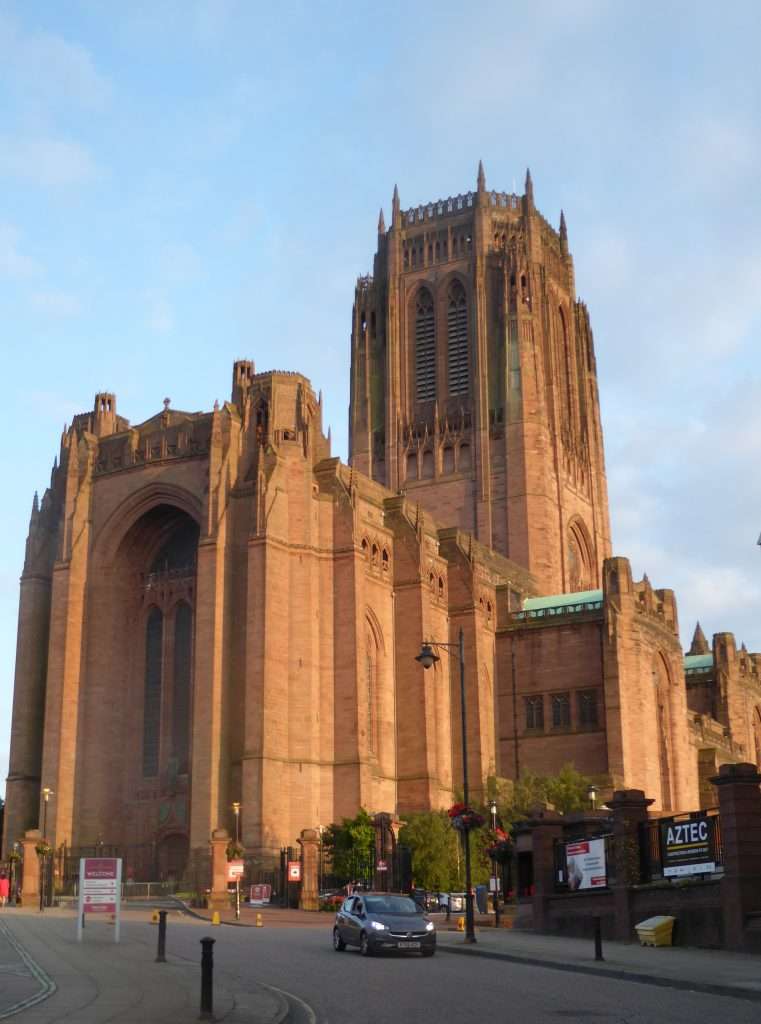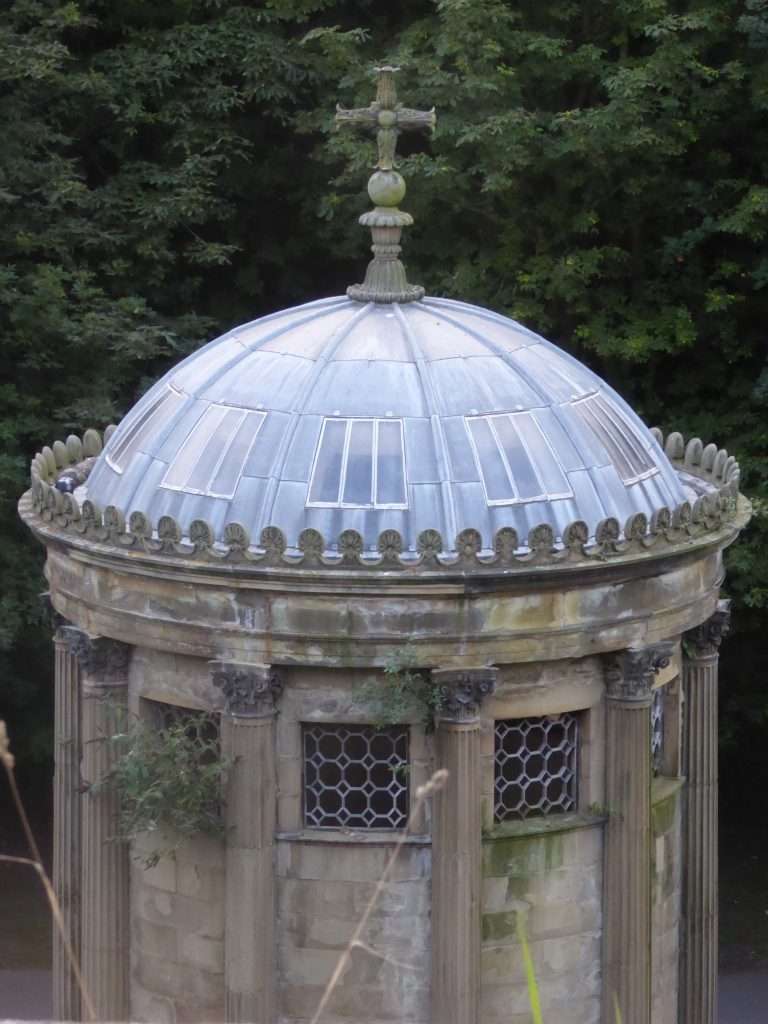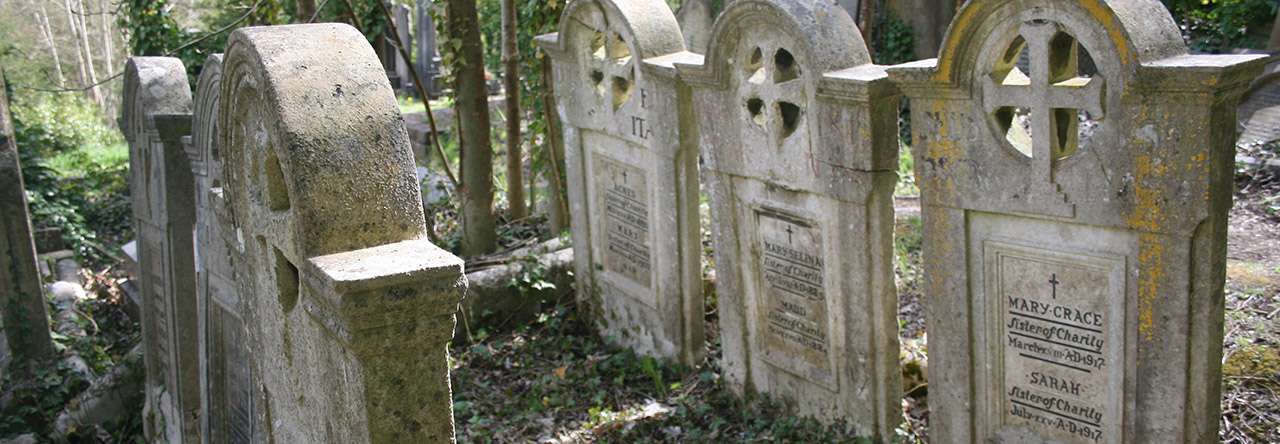Trains have always been my preferred mode of transport. On the roads, whether passenger or driver, I anticipate disaster: from the BMW hovering impatiently too close to my rear bumper; from the aggressive driver overtaking on a double white line with hand on horn; from my own nervous lane changing; from poor visibility, black ice or imagined faulty brakes. On boats a different problem assails me: a poor sailor, I have been immoderately ill on the short passage halfway across the Bristol Channel from Ilfracombe to Lundy Island. I have no fear of flying, but quail at the dispiriting queues at passport control and the sweaty removing of shoes and belts at security, followed by the long hours in airless airport lounges, surrounded by fretful people and the depressing acres of lurid duty free where the scent of a hundred sickly perfumes clogs the air.
But trains offer only delight, from the aimless progress of old diesels ambling slowly cross country pulling in at stations where, in homage to Adlestrop, no one leaves and no one comes, to the sleek inter-city expresses pulling grandly out of London stations. My memories of trains are entirely happy.
In childhood the smell and sound of steam trains filling the station meant a day trip to North Wales. We settled into our compartment where the seats were upholstered like sofas, sepia photographs of seaside towns decorated the walls, and sagging rope luggage racks hung above our heads. I struggled to release the stiff leather strap which secured the carriage window and, when it fell open with a heavy thud, hung out engulfed in a cloud of smoke, inhaling the scent of burning coal and steam, waiting for the sea to appear.
On eastern European trains, I always experience a special frisson of excitement, fantasising about being a spy in Cold War days, woken at borders by men in black leather coats with hard faces and hats pulled down over their eyes demanding to see my papers, questioning my motives for travel, and removing me from the train at gun point on a trumped-up excuse of wanting the correct visa. At this point I let the fantasy fade.
And nothing can equal the romance of a sleeper. Over supper in the dining car fellow travellers urgently impart tales of their lives as though anxious to purge themselves of memories before we reach our destination. Cocooned in my bunk on Amtrak, cradled by the gentle rocking of the train, I remember fighting sleep to gaze out at an unknown, black Appalachian night, illuminated only by the occasional soft lights of an isolated home, and listening for the melancholy whistle of the train. I would have happily journeyed on to eternity.
William Huskisson was less fortunate in his experience of trains. Statesman, financier, and MP, we remember him more as the world’s first railway passenger fatality. As MP for Liverpool, and a keen advocate of the railways, he was present in 1830 at the opening ceremony of the Liverpool and Manchester Railway, the world’s first passenger service drawn by steam locomotive. He and other dignitaries travelled on a train pulled by the Northumbrian and driven by George Stephenson. When the train stopped to take on water Huskisson was amongst those who ignored advice not to descend. He walked along to the Duke of Wellington’s carriage and stood talking to the Prime Minister. A train pulled by the Rocket, George Stephenson’s locomotive, approached on a parallel track. While others resumed their seats, hastened across the track to safety, or stood still close to the stationery coaches as the other train passed, Huskisson dithered. Twice he began to cross the track but scuttled back. Then he tried to climb into Wellington’s carriage, but the heavy door swung outwards, he fell onto the track and the oncoming locomotive mangled his leg.
With the injured man on a makeshift stretcher, Stephenson raced the Northumberland, flat out at 40mph, breaking the world speed record, to Eccles. There a surgeon attended Huskisson, but the injury proved fatal, and he died later that night.
But if the wide reporting of this incident alerted the public to the dangers of the railways, ironically it also fostered awareness of their potential. The publicity afforded by the dramatic death, the breaking of the speed record, and Huskisson’s magnificent funeral, when 69,000 people lined the route, raised the profile of rail travel, drew attention to the new high speed railway line, and proved instrumental in inaugurating the Age of Railway Mania.
Huskisson was buried in St. James Cemetery in Liverpool. One of the most romantic of cemeteries, it lies below the Anglican Cathedral but long predates the latter having opened in 1829, just in time for Huskisson. This gothic enclave lies in a former stone quarry with the cathedral towering above it on a rock outcrop. Steep, winding, stone paths designed for horse drawn funeral carriages and enclosed by high stone walls lined with old gravestones lead through a dark tunnel into the graveyard. My last visit was on a sunny evening in mid-summer, but for the full spine-tingling, preternatural experience you should descend into this phantasmagorical world on a late afternoon in November as the light is dying.


Huskisson’s grave lies at the centre of the former quarry marked by a circular mausoleum modelled on the Choragic Monument of Lysicrates in Athens.



Small consolation perhaps for Huskisson but he does have a record number of memorials, mostly commissioned by his devoted widow Emily. There is a plaque in Eartham church near his home, a statue in Chichester Cathedral where he is resplendent in toga, and three identical statues of him sporting the robes of a Roman Senator in Pimlico Gardens at Millbank, in Duke Street, Liverpool, and in the Walker Art Gallery, Liverpool. Beside the track at Parkside outside Newton-le -Willows where the accident occurred a marble memorial tablet is a replica of the vandalised original now in the National Railway Museum in York and you can find another replica on Newton-le-Willows station. But his greatest memorial is surely his inadvertent contribution to the success of the railways.
Have mind of Huskisson when next you travel by train.
